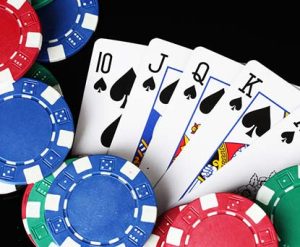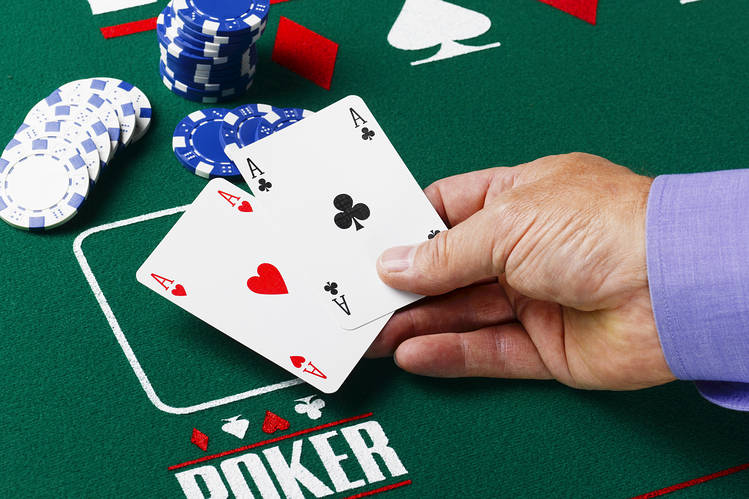Online Poker HUD Heads-Up Display tools are valuable assets for players seeking to elevate their strategic play and gain a competitive edge at the table. HUDs provide real-time data about opponents by tracking their actions and displaying statistical information directly on the screen. Key metrics include statistics such as VPIP Voluntarily Put Money In Pot, PFR Pre-Flop Raise, and AF Aggression Factor, among others. These statistics allow players to quickly assess their opponents’ playing styles, tendencies, and weaknesses, helping them make more informed decisions. For example, a high VPIP indicates a loose player who frequently enters pots, while a low PFR suggests a passive approach, often just calling rather than raising. By leveraging this data, players can tailor their strategies to exploit specific opponent behaviors, enhancing their ability to make profitable decisions in various situations.
The strategic applications of HUD tools extend beyond basic statistics, offering deeper insights into player tendencies across different stages of the game. HUDs can reveal how an opponent’s behavior changes over time, such as how often they c-bet continuation bet on the flop, their fold percentage to raises, or their aggression levels on later streets. This information is invaluable for devising counter-strategies. For instance, if a HUD shows that an opponent rarely folds to c-bets but often folds to turn bets, a player can adjust their strategy to include more aggressive turn plays, maximizing their chances of winning the pot. Furthermore, HUDs help players identify when they are being targeted by observant opponents, allowing them to adjust their play accordingly to avoid being exploited. In multi-table situations, where keeping track of individual opponents manually would be nearly impossible, HUDs provide a consolidated view that simplifies decision-making and enhances overall performance.
Using HUDs effectively requires not just understanding the statistics, but also interpreting them within the context of dynamic gameplay. A player’s HUD data is only as valuable as their ability to apply it strategically, which involves constant adaptation to the changing dynamics of the table. For example, the same statistics may suggest different actions depending on the table size, stack depths, or the overall playing environment. Advanced HUD users integrate this data with their knowledge of POKER theory, adjusting their strategies based on the type of opponents they face—whether they are aggressive regulars or cautious recreational players. Moreover, HUD tools encourage players to refine their own game by highlighting personal tendencies that may be exploitable. By reviewing their own stats post-session, players can identify leaks in their strategy, such as being overly aggressive in certain spots or not defending blinds effectively, and make necessary adjustments to improve their performance.



 In the high-stakes world of Texas Hold’em poker, mastering the art of reading opponents’ tells is a skill that can elevate a player from good to legendary. The table becomes a battleground of minds, where players seek to conceal their emotions and intentions behind a poker face, while simultaneously trying to decipher the hidden messages in their adversaries’ behavior. From the faintest twitch of an eyebrow to a slight trembling of the hand, every subtle movement can provide invaluable insights into the strength of their opponents’ hands. To become a true master of poker tells one must first learn to control their own body language. Maintaining a composed demeanor is crucial to avoiding giving away any hints about the cards they hold. However, seasoned players often use this knowledge to their advantage; deliberately planting false tells to deceive their opponents. They may fake a subtle sigh of disappointment when holding a strong hand, attempting to lure others into making reckless bets or even folding what could have been winning hands.
In the high-stakes world of Texas Hold’em poker, mastering the art of reading opponents’ tells is a skill that can elevate a player from good to legendary. The table becomes a battleground of minds, where players seek to conceal their emotions and intentions behind a poker face, while simultaneously trying to decipher the hidden messages in their adversaries’ behavior. From the faintest twitch of an eyebrow to a slight trembling of the hand, every subtle movement can provide invaluable insights into the strength of their opponents’ hands. To become a true master of poker tells one must first learn to control their own body language. Maintaining a composed demeanor is crucial to avoiding giving away any hints about the cards they hold. However, seasoned players often use this knowledge to their advantage; deliberately planting false tells to deceive their opponents. They may fake a subtle sigh of disappointment when holding a strong hand, attempting to lure others into making reckless bets or even folding what could have been winning hands.
